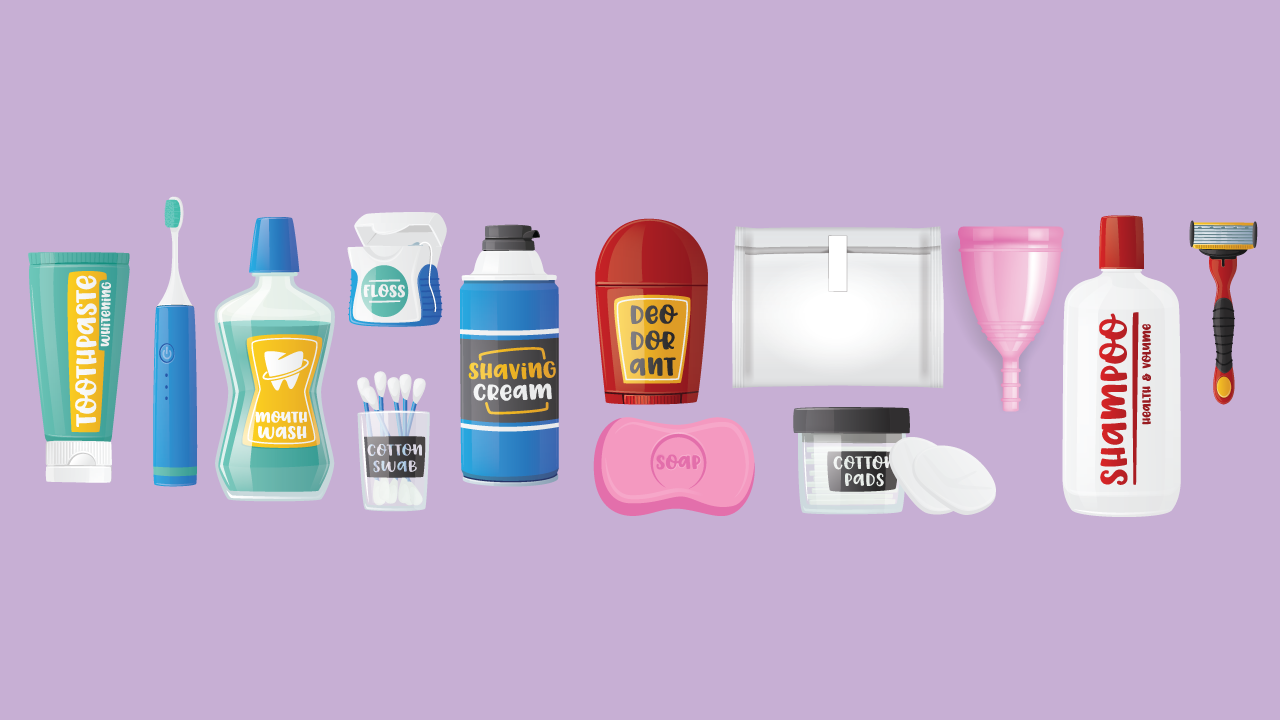
How to Build a Sustainable Wardrobe: Guide to Clean Fashion

Many of us take our clothes seriously. We like to dress well and keep up with rapidly changing fashion trends. However, it may not be a very sustainable practice. The fashion industry is one of the biggest contributors to air, soil, and water pollution, and our frequent shopping binges simply add to this vicious cycle. It makes sense therefore, to invest in maintaining one’s wardrobe. If you take care of your clothes, chances are that they would have a long shelf-life and help reduce the carbon footprint.
How do you make your wardrobe sustainable?
Here are three sustainable wardrobe tips.
1. Purchase from sustainable brands
Sustainable brands make and sell products, which are beneficial to the environment. These brands believe in using natural fabrics, recycling old fabrics, and making more durable garments. Sustainable fashion is also known as slow fashion. It has taken the fashion industry’s negative impact on the environment into consideration by using organic or recycled materials, utilizing eco-leathers in place of animal skin, and ensuring that the manufacturing processes are chemical-free. Moreover, sustainable fashion ensures that the waste generated is minimal and toxin-free. Although these brands may be a little pricey, their products last longer, making it a win-win bargain.
Also Read: Personal Hygiene Products: Essentials in Your Wardrobe
2. Take care of your pre-existing clothes
Here are a few things to keep in mind when it comes to looking after your current collection of clothes.
A. Opt for quality over quantity
- Invest in top-quality clothing because it generally lasts longer and is made with highly durable materials. Such quality can resist any wear-and-tear.
- Invest in clothes that you know would like to wear multiple times
- Choose natural fabrics such as cotton or linen, as they last longer
B. Protect your clothes
- Safeguard your clothes from damage and stains by wearing an apron while cooking or using a table napkin while eating
- Use vinegar or baking soda immediately to remove any stains on your clothes. Vinegar is an acid that dissolves the stain particles, which are then washed away with water. Baking soda is slightly abrasive. It dislodges the stain particles and helps in the removal of stains. Additionally, you can use vinegar and baking soda on all fabrics, as they are mild. They act as natural softeners and are an excellent choice for people with sensitive or allergic skin.
C. Limit your washing
- Restrict washing your clothes often because washing machines and detergents can be harsh on them
- Avoid washing items such as jeans, sweaters, and hoodies every time after you wear them. However, this does not mean that you do not wash these items for a long period. If they are visibly dirty, smelling bad, or unwashed for over six weeks after use, wash them.
- Make it a point to wash gym wear or t-shirts after every use
- Wash your undergarments and intimate wear regularly because they are in close contact with your skin and may cause infections
Also Read: Common Diseases Caused by Poor Hygiene
Here are a few suggestions to efficiently wash your clothes:
- Wash in cold water as hot water ages clothes faster
- Wash your clothes inside-out to protect the beading, prints, and other aesthetics
- Empty your pockets before putting your jeans and shirts in the washing machine
- Do not use chlorine bleach; instead, use vinegar as a cloth brightener. Vinegar is a mild acid. It neutralizes the mild alkalis, which are the soap remains on the fabric and makes them look whiter and brighter.
- Treat your intimate-wear items and swimwear delicately. Wash them with your hand or washing machine and avoid putting them in a dryer
D. Pay attention to care labels
- Read what is written on these labels every time before washing your clothes
- Check different details mentioned on the labels, such as the right temperature to wash the garment, air-drying and ironing options, or specific instructions about color bleeding.
- Follow these instructions carefully to increase the lifespan of your clothes
E. Air-dry your clothes
- If you use the air-dryer excessively, the fabrics can shrink and lose their elasticity. Air-drying the clothes on a rack or clothing line is a gentler way to dry your clothes.
- You also save on the electricity bill by air-drying your clothes.
F. Iron your clothes
Ironing your clothes is essential to keep them in good condition. It prevents the rolling of your clothes and keeps them crisp. Iron your clothes when they are a little damp to help ease out the wrinkles. If the fabric is delicate like silk, consider using a steam iron instead of a regular one. However, be careful to choose the right setting, or else you may end up burning your clothes.
G. Store your clothes with care
- Store your clothes in a clean, dry, and cool environment, where there is no direct sunlight
- Do not keep them in places such as the bathroom or basements because bacteria or fungi may begin to grow on them
- Organize and fold your clothes properly to prevent wrinkling
- Close all the zippers to preserve them
- Pick good-quality cloth hangers in the right size for your clothes. For example, select a wooden hanger for your shirts and a solid hanger with clamps for skirts and trousers.
- Refrain from storing clothes in cardboard boxes, as they attract pests. Instead, opt for plastic or cloth boxes.
H. Repair in time
The saying goes, “a stitch in time, saves nine”, and holds true for your garments as well. The faster you mend a tear or loosened stitch, the longer you can use that piece of clothing and save money on buying new clothes.
3. Adopt thrift shopping
Thrift shopping means using pre-owned clothes that are in good condition. A few advantages of thrift shopping include:
- It reduces carbon footprint and helps save the environment
- It results in more thoughtful and logical consumption
- It prevents hoarding of clothes
- It is a cheaper option
Love your clothes; know them well, take adequate care of them, and mix and match them with different prints, patterns, and accessories. By building a minimalist sustainable wardrobe, you will have the feeling of wearing something new yet stylish every time. Simultaneously, you will end up doing your bit for the environment and save your precious time and money.
References
1. 10 tips: How to take care of your clothes. TWOTHIRDS. https://twothirds.com/blogs/posts/10-tips-to-take-care-of-your-clothes (accessed June 14, 2021).
2. How to Take Care of Your Clothes. T Mag. https://www.nytimes.com/guides/tmagazine/how-to-take-care-of-your-clothes (accessed June 14, 2021).
3. 8 ways to take care of your clothes and make them last longer. Medium. https://medium.com/age-of-awareness/8-ways-to-take-care-of-your-clothes-and-make-them-last-longer-aa907406fdce (accessed June 14, 2021).
4. FABRIC & FASHION CARE TIPS. Laund. Stn. https://www.thelaundrystation.com/cleaning-tips/keeping-clothes-like-new (accessed June 14, 2021).
5. 5 Essentials To Take Care Of Your Wardrobe. BLANC. https://blancliving.co/blogs/news/take-care-of-your-wardrobe (accessed June 14, 2021).
6. 14 Reasons Why You Should Shop at a Thrift Store. Father Joe’s villages. https://my.neighbor.org/reasons-why-shop-thrift-store/ (accessed June 14, 2021).














